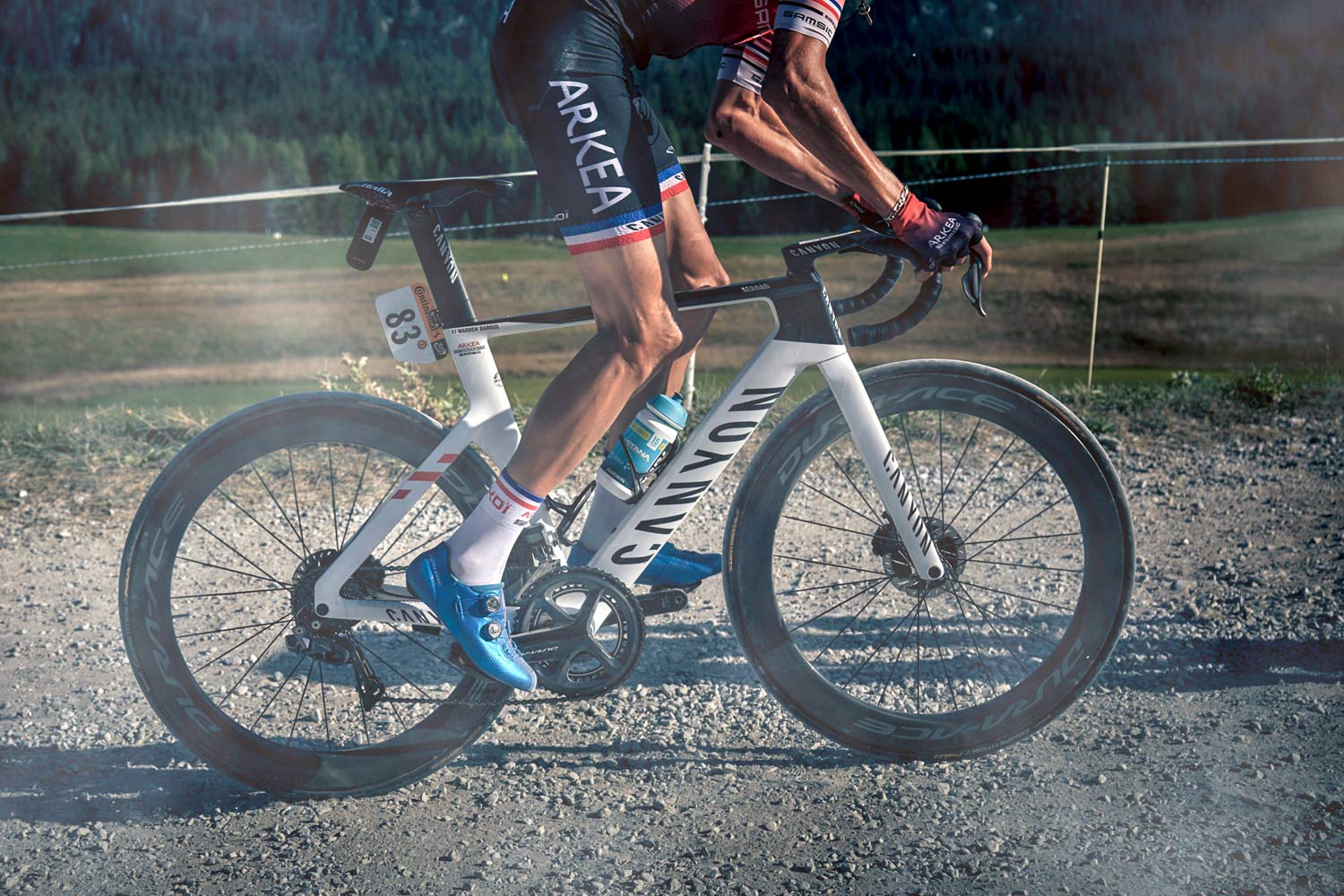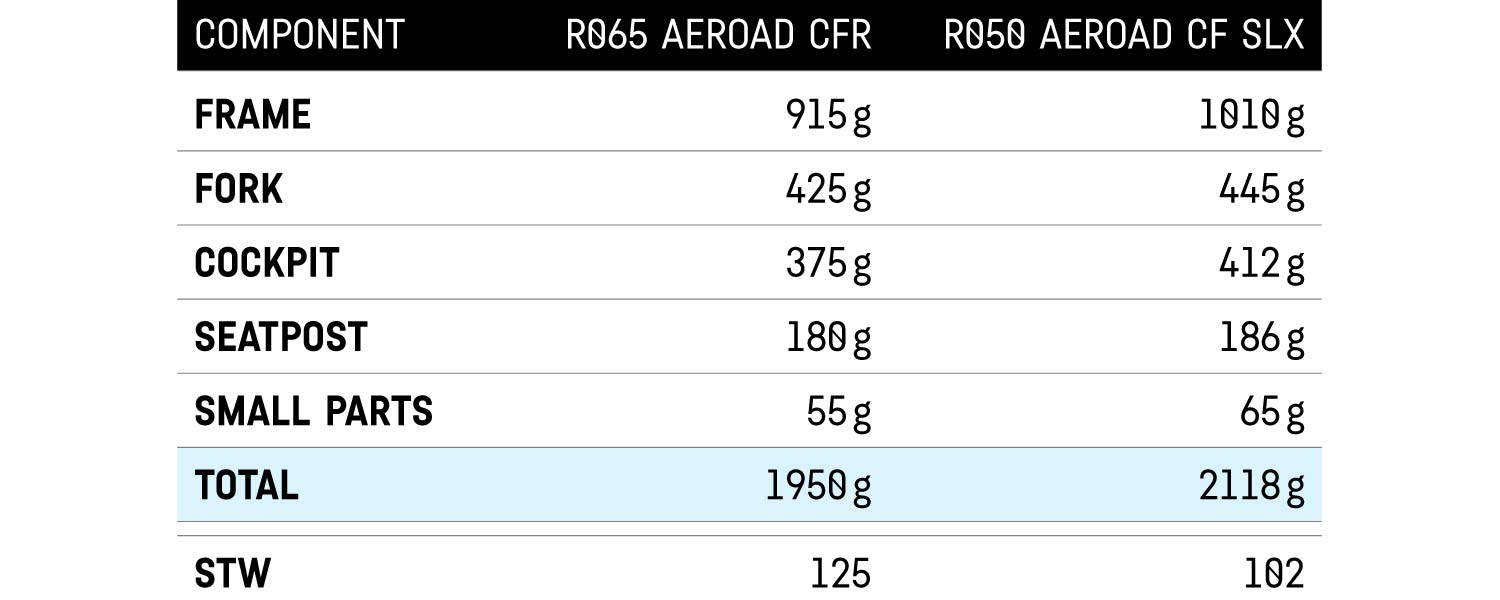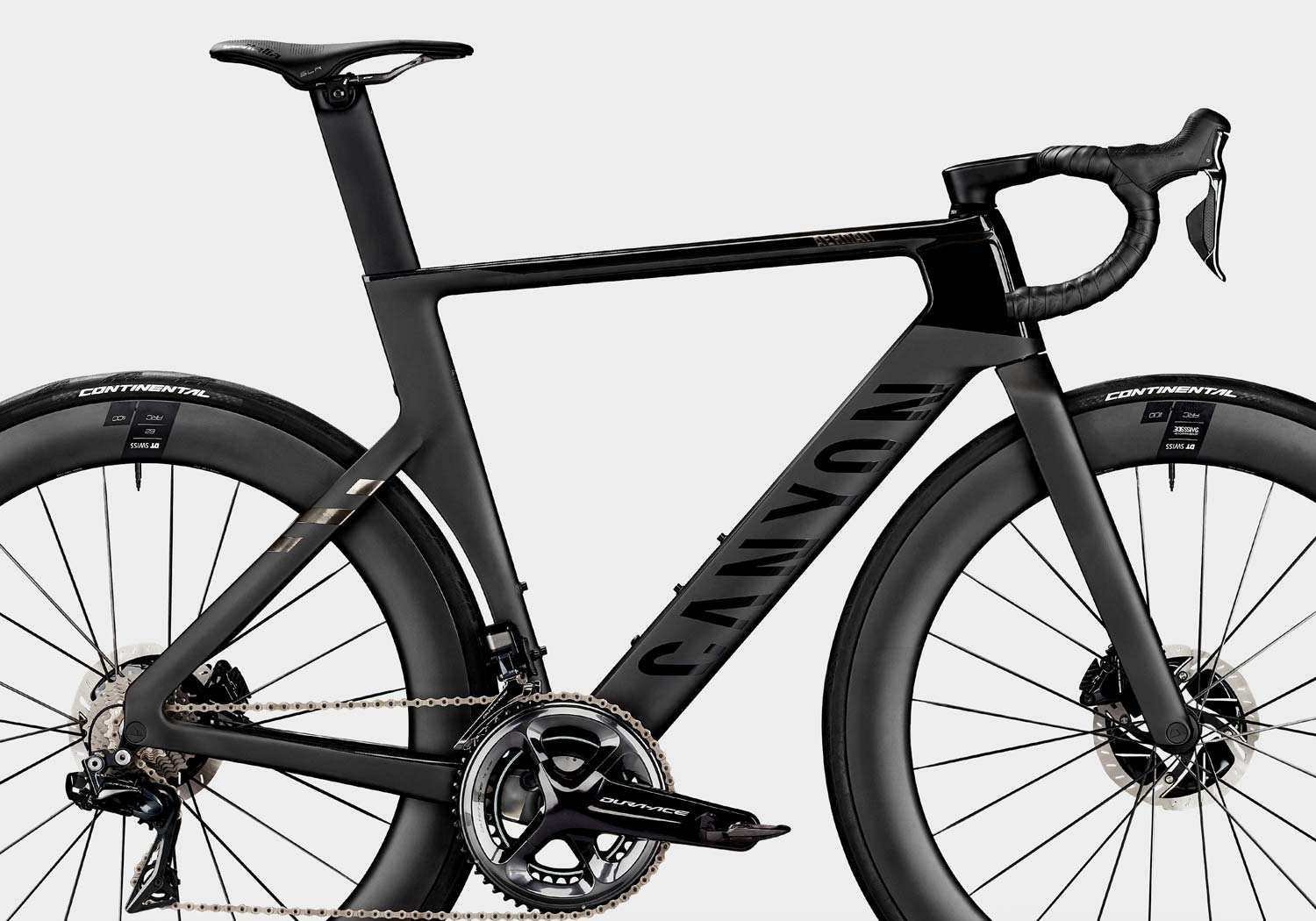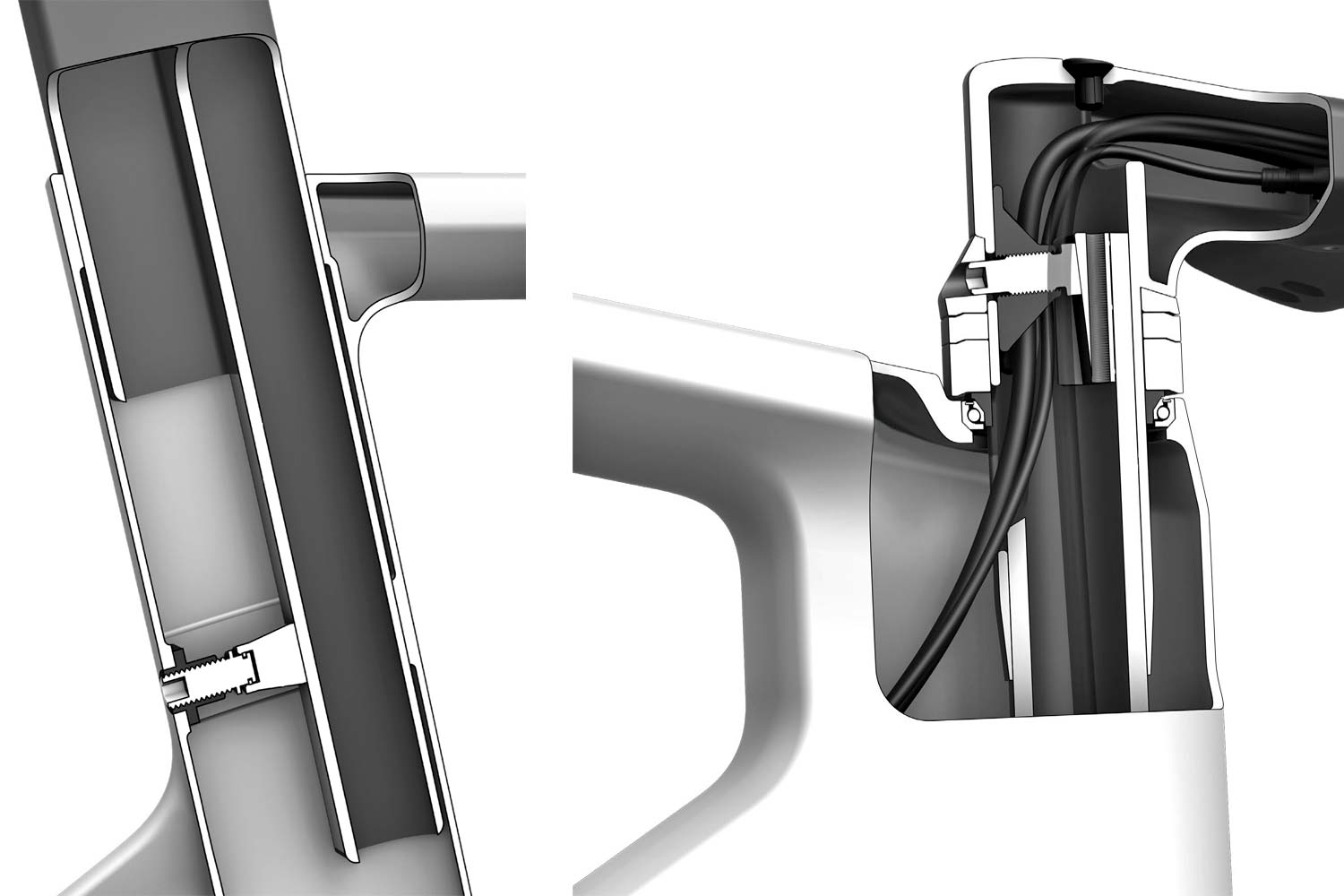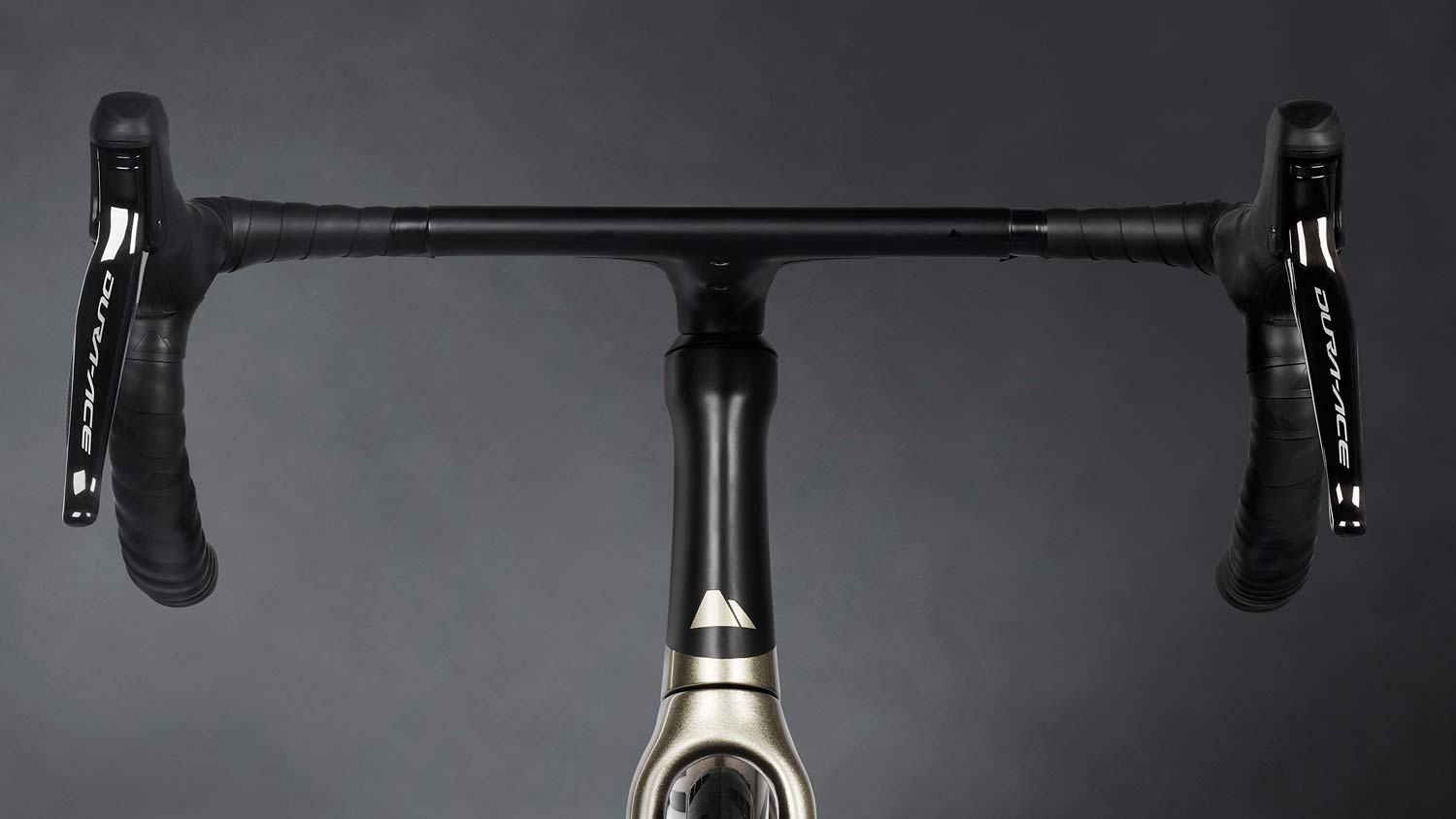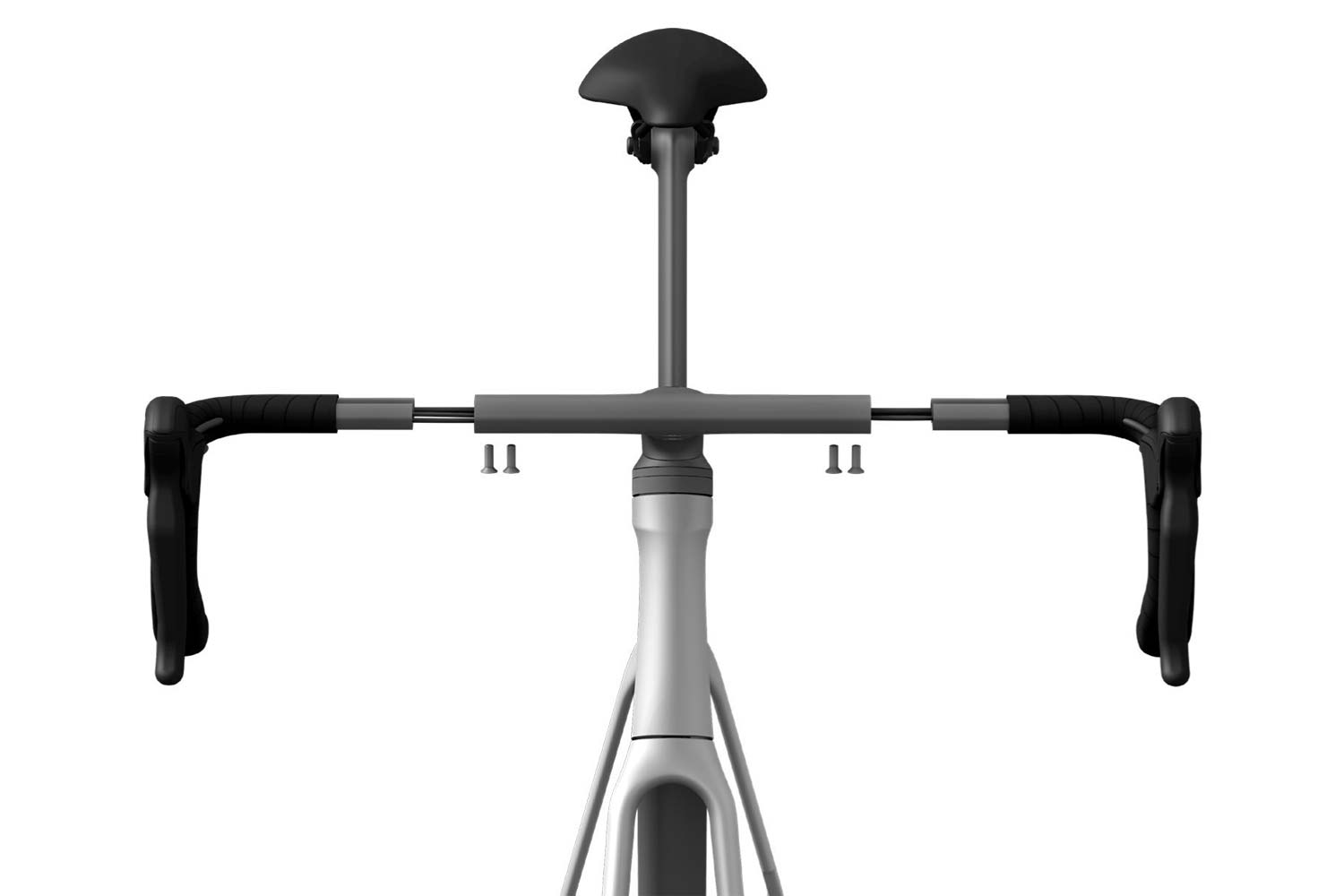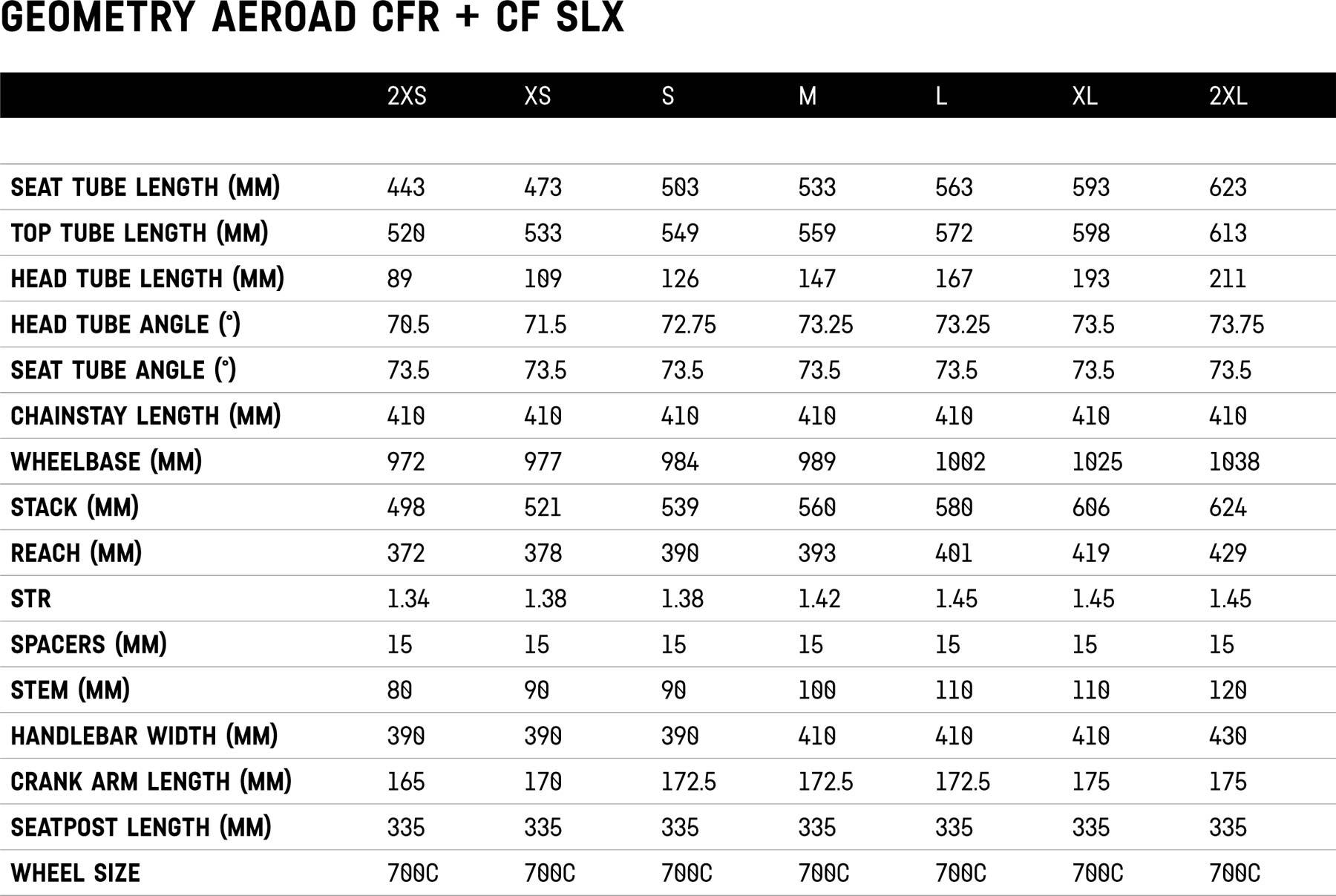After more than a year of anxious anticipation, Canyon Aeroad fans get just what they were hoping for, a faster and even more versatile race bike. Canyon has pulled the curtain off the long-awaited update to their race-winning aero road bike. The direct-to-consumer bikemaker says the Aeroad was already one of the most versatile road bikes ever made – blending aerodynamics, comfort, stiffness & lightweight. Yet, this all-new Canyon Aeroad leaves it in the dust, improved in every performance metric – now up to 7.4W faster, 170g lighter & 14% stiffer – and with a new aerodynamic cockpit that brings unmatched rider customization…
Canyon Aeroad CFR light, integrated aero carbon road bike
Update: All the Aeroad videos are now live.
The Canyon Aeroad has been delivering reasonably-priced consumer-direct road bike aerodynamics for more than six years. But since first spotting the disc version on Instagram (also then teasing SRAM’s first eTap Disc group) before the Aeroad’s official Disc launch back in 2016, the popular carbon aero road bike hasn’t seen any significant update. In fact, it has only led to persistent speculation in the last couple of years, including a Zwift ad leak of Mathieu van der Poel’s bike that now appears to have been an early production version of the new Aeroad.
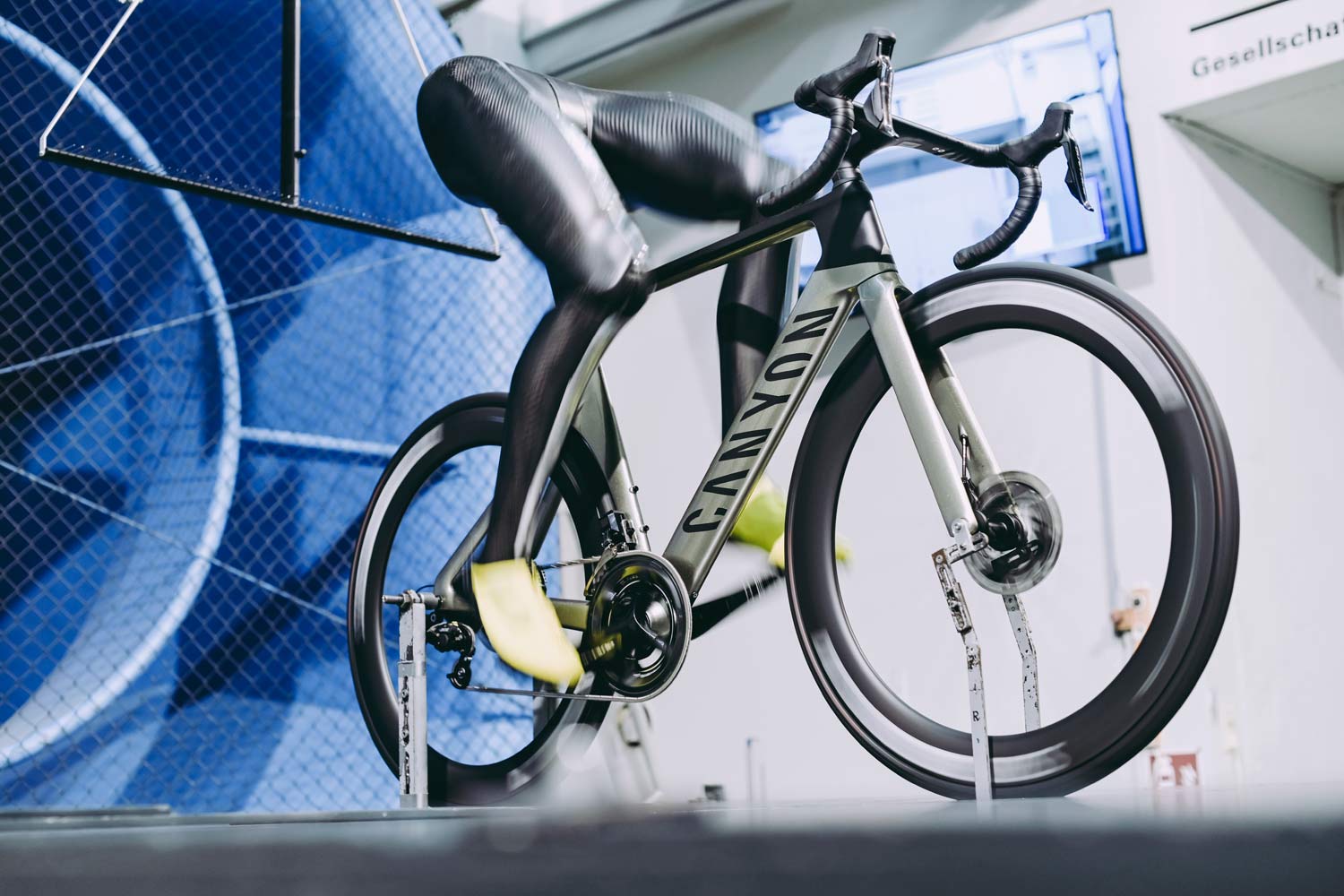
In that time, Canyon says they’ve been working hard to “push [their] fastest bike forward to the next level, and to make it even faster”. Developed in part with the aero experts of Swiss Side and a number of some of the fastest pro riders, the new and more integrated Aeroad is indeed faster. But it is also just as comfortable as ever, even more agile, and features a “revolutionary” new integrated CP18 Aerocockpit bar+stem combo that includes 15mm of no-cut height adjustment and unique +/- 20mm width adjustability, so riders can adapt bike fit to their riding style with no risk!
Aeroad CFR – Aero and Light
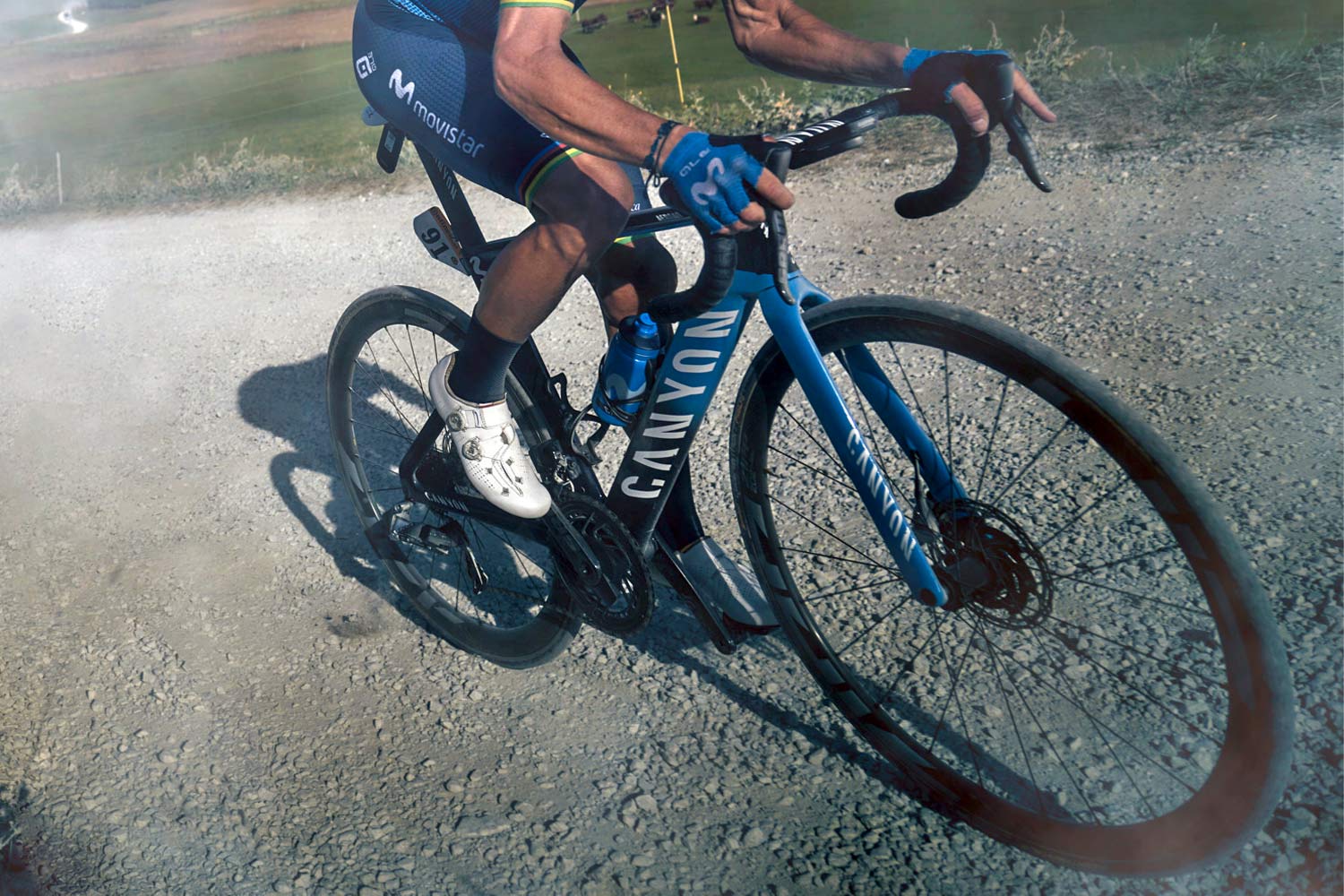
Canyon claims the lightest complete build in the new overhauled Aeroad family is the Aeroad CFR Di2 which comes in at 7.26kg (16.0lb) for a medium bike with deep aero wheels and a power meter, but no pedals. Alejandro Valverde raced his new size-small Aeroad CFR, even in the mountains at this year’s Tour de France, over the lighter Ultimate CFR, since his race setup still was said to be just 7.02kg with a Zipp 202/303 NSW wheel combo AND including pedals.
Canyon says the new CFR frame itself is just 915g with a 425g fork – down from 1010g & 445g for the outgoing CF SLX model. And comparing aero to light bikes, they say a similarly spec’d Aeroad CFR would be just 500g heavier than a comparable Ultimate CFR.
Tech details – “Engineering Pure Speed“
Canyon says it was “never our goal to build the fastest bike in the wind tunnel – but to create a bike that was better overall and in every way.” That meant working to reduce drag, while at the same time making a 6.8kg disc brake aero race bike a real possibility.
Working with Swiss Side, Canyon says that over an intense 4-month period, they tested 7x more tube shapes and aero elements of the new Aeroad in CFD than they had ever done on the previous versions. That’s how they claim to have eked out those watts of drag reduction in a new bike that doesn’t look all that dissimilar to the previous model.
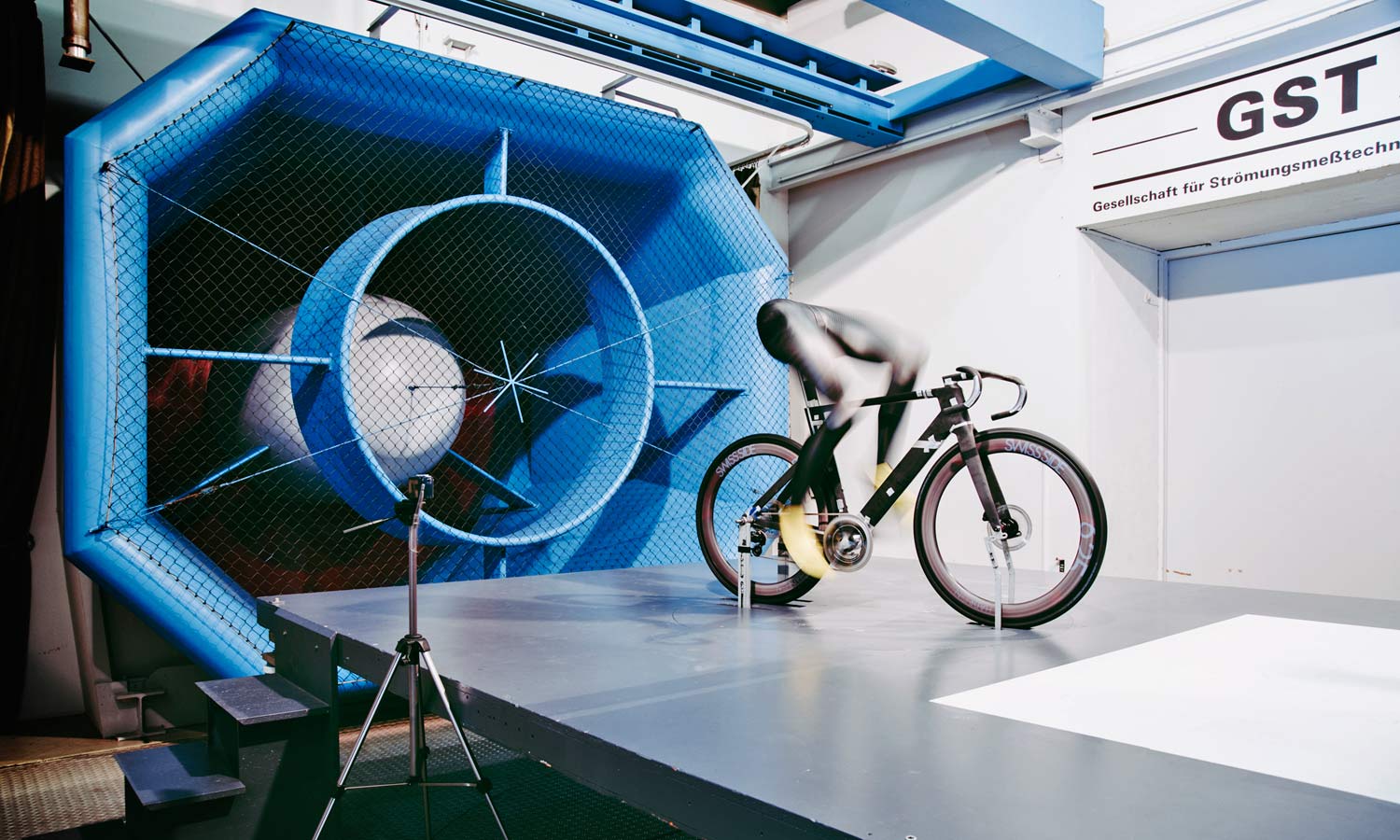
The fastest shapes out of CFD were then verified in the GST wind tunnel with Ferdi the dummy’s spinning legs. The engineering team even demonstrated drag reductions from sailing effect like you see in modern aero wheels, as a result of careful tube profiling as yaw angles increase.
But more than just making the bike more aero, Canyon actually dialed it back from their fastest prototype, preferring more of a happy medium design that was better able to retain the comfort of the previous generation while also shedding weight. The resulting new Aeroad (R065) comes out 4.4W faster on average (with Ferdi), 5.4W average with two water bottles (and Ferdi’s legs), or up to 7.4W faster on average (the bike alone without a rider).
To keep weight low, Canyon resisted the urge for deeper, super aero tube profiles, and focused on refining the carbon layup with the same premium carbon fibers as in the superlight Ultimate CFR. Starting with the happy medium drag reductions, Canyon focused on headtube & bottom bracket stiffness which were increased by 14%, while dropping 168g off the previous Aeroad CF SLX when you factor in other frameset reductions.
Little bits add up (or rather down). The new deeper aero post also surprisingly saves weight, down 6g with a hybrid double-tube construction that is actually less than half as deep where it is clamped inside the frame, just above the seatstays. Add the newly simplified seatpost clamp & steerer clamps to drop another 10g.
The new CP18 Aerocockpit also lost more than a quarter of the weight of the previous H36, down 27% with 37g savings coming just from not needing a Di2 junction box recess.
Modern fully integrated cables does a good bit to making a clean-looking and faster performing aero bike (sometime 3W savings alone), but also created complication with Canyon’s consumer-direct sales strategy where most bikes would first end up in the hands of a cyclist, not a bike mechanic. So the new cockpit had to be user-friendly.
That’s where the new integrated CP18 Aerocockpit bar+stem combo comes in, with removable cockpit wings that allow +/- 20mm or bar width adjustability and a no-cut height adjustment that provides 15mm of adjustability that you can add or subtract without impact the internal cabling. Read here why that is so unique and how the new adjustable Aerocockpit works.
Aero road geometry
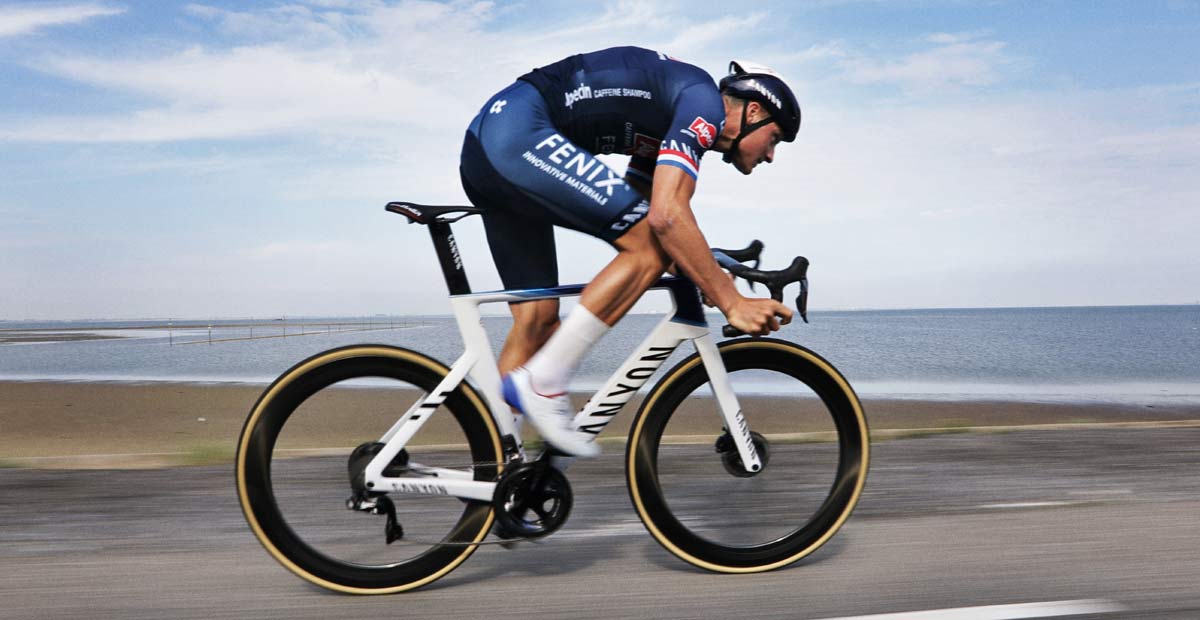
Even though the Aeroad is a pro race-ready road bike, its stack heights are noticeably higher than the previous generation (up 10mm in the mid sizes), even with the reduced flexibility of being locked into the all-new adjustable Aerocockpit. Canyon says this is a direct result of analyzing the real positions of consumers & their pro riders. But there are always more aggressive outliers, and Canyon is currently testing a flatter, even negative rise aero cockpit with their pro teams that will likely be also available to consumers next spring.
But the geometry of the bikes – specifically bottom bracket height & fork geometry – was actually designed around running a smaller front tire for improved aerodynamics and a larger tire in the rear for increased grip & rider comfort. With 5mm shorter chainstays & shorter wheelbase lengths for almost all sizes, the new Aeroad is said to deliver a slightly quicker ride with a more forward weight balance to improve handling – yet still has room for up to 30mm tires.
Geometry changes are all relatively minor though, with Canyon not wanting to mess with what works. Head & seat angles effectively remain unchanged, and reach figures are simply shifted around a bit to fit within a wider size range thanks to a new 3XS that was added to the CF SL model.
2021 Canyon Aeroad – Pricing, options & availability
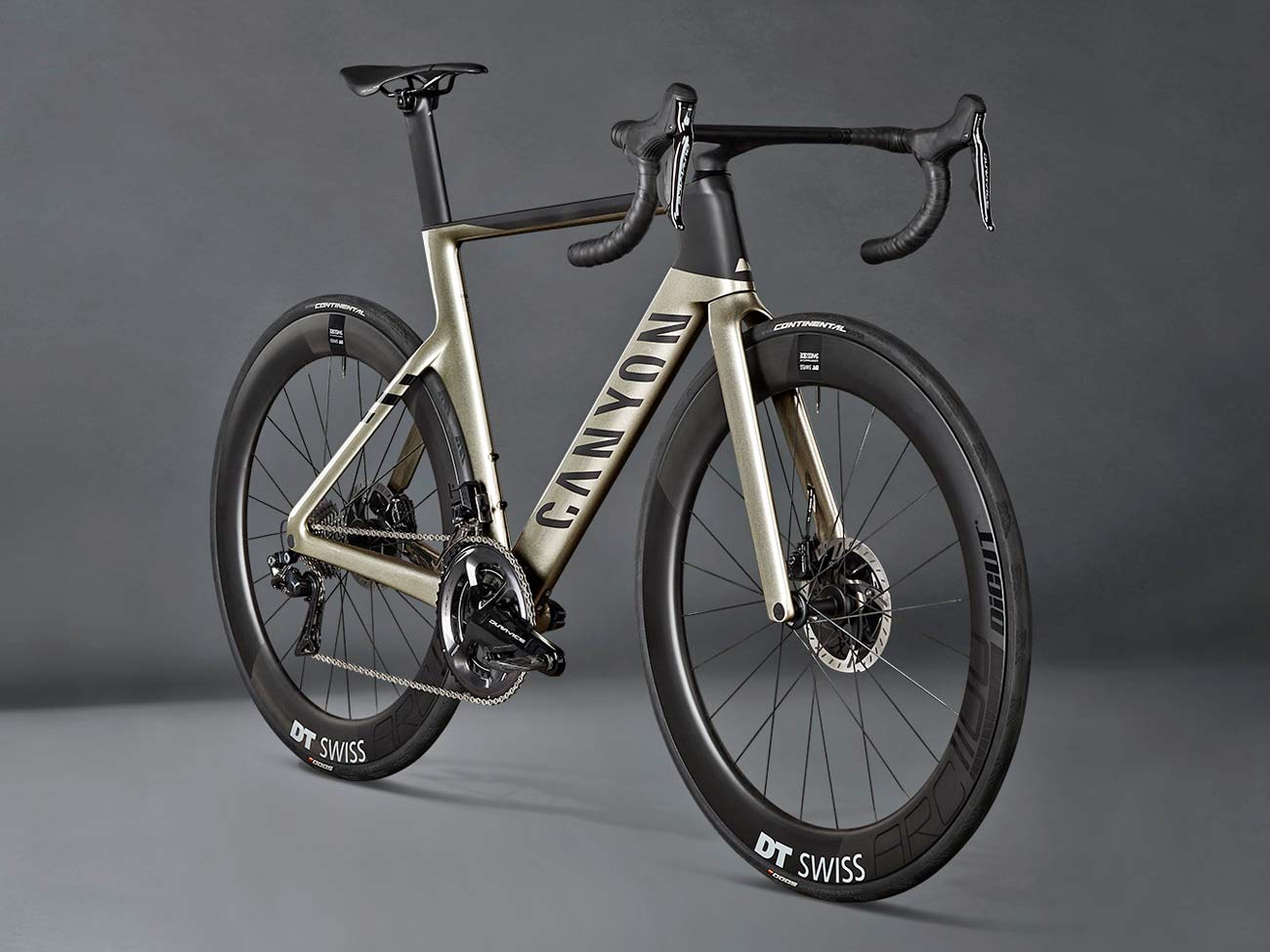
In total eight disc brake only builds of the new Aeroad are available to order now across three different carbon frame levels, plus one frameset. While all generally share the same aero tech and race-ready geometry, there are substantial differences from one level of carbon to the next – and pricing that range from 3300€ at the entry-level, to 9000€ at the other end of the spectrum.
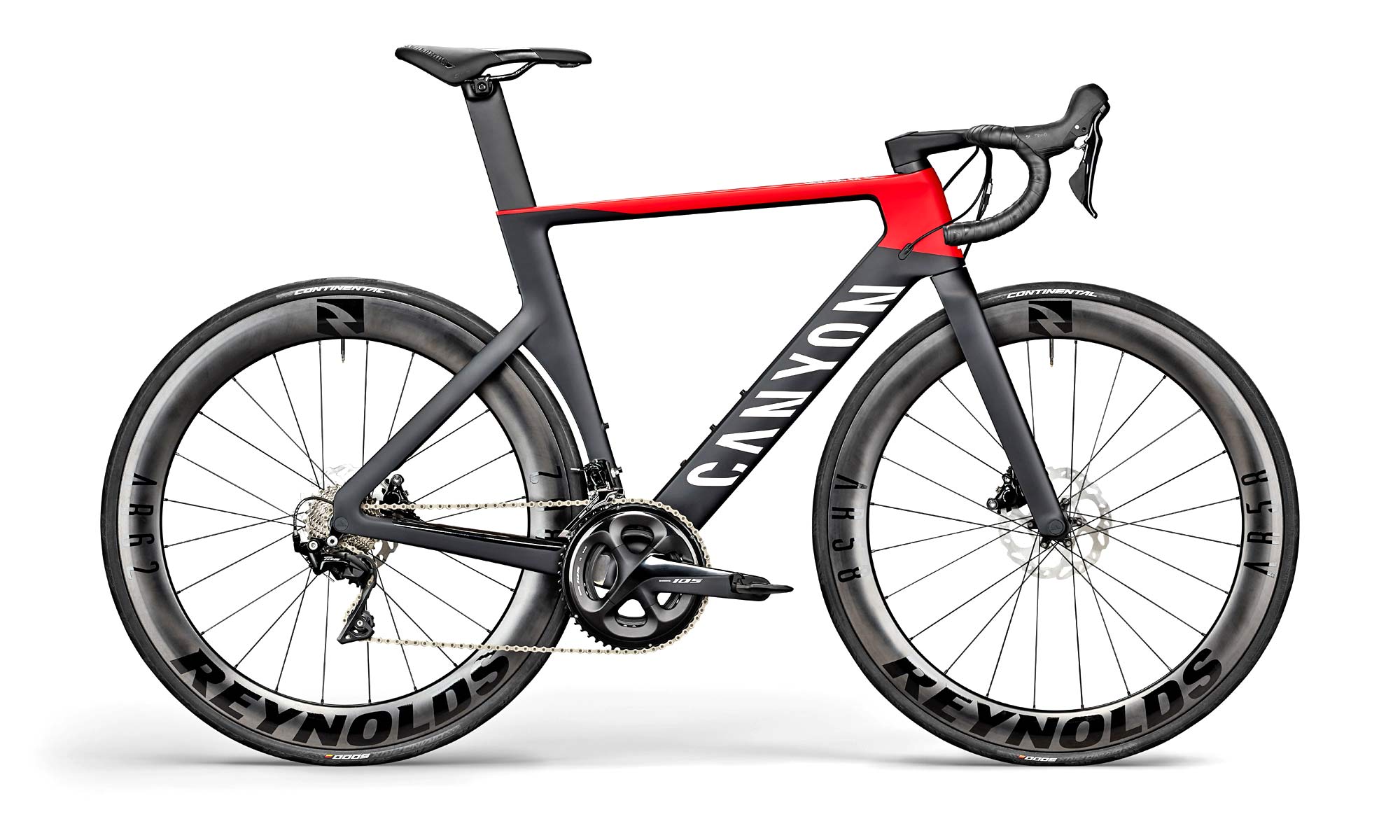
The most accessible Canyon Aeroad CF SL bikes start at $4000 / 3300€ with mechanical shift drivetrains, but without completely internal cable routing. They also offer 650b wheels and smaller sizing to fit a wider range of riders.
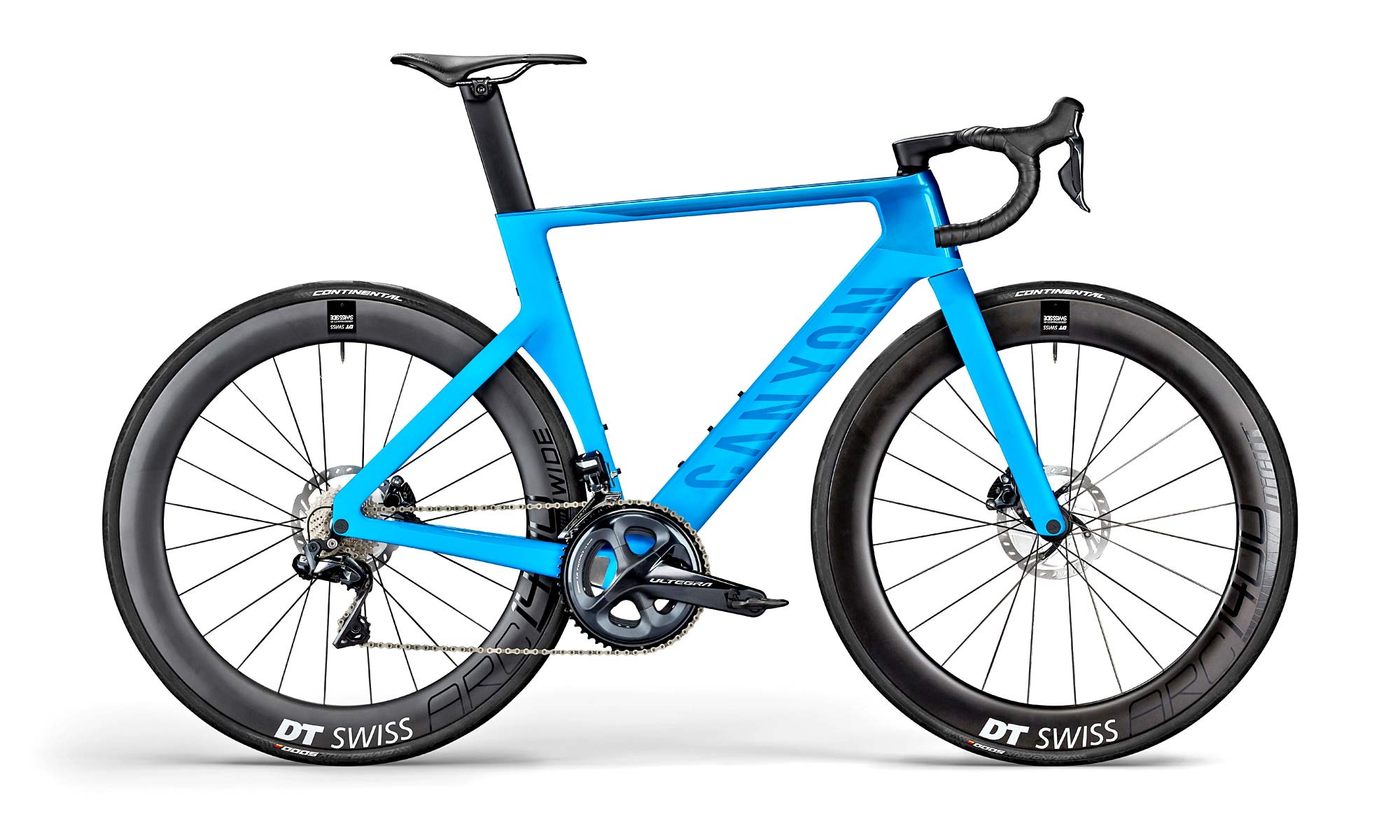
The Canyon Aeroad CF SLX bikes step up to the fully integrated setup thanks to electronic drivetrains and the all-new adjustable carbon Aerocockpit. Here pricing starts at $6000 / 5000€ and also includes DT Swiss’ latest tubeless carbon aero wheels.
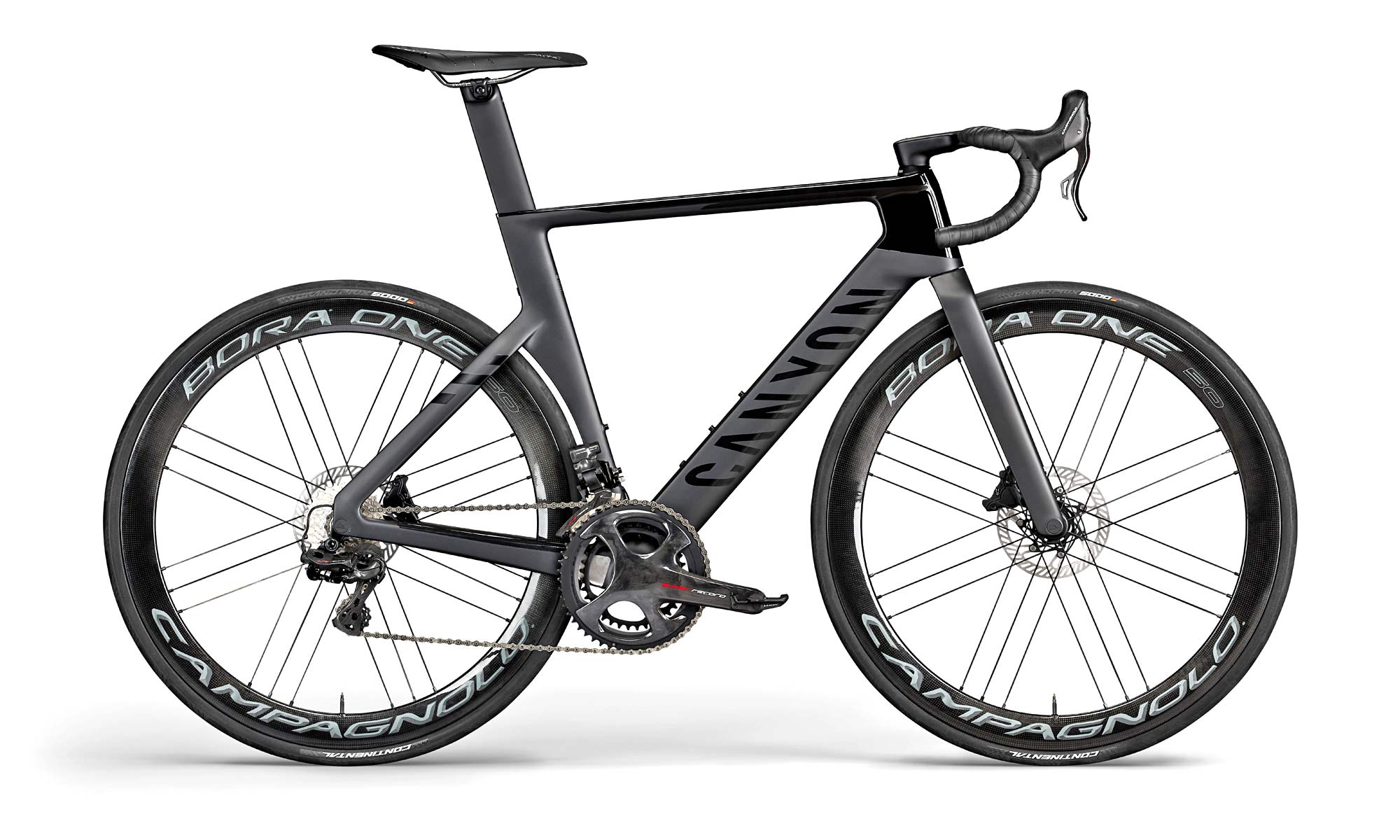
Lastly, the Canyon Aeroad CFR takes the no-holds-barred Canyon Factory Racing approach with top-shelf ultra hi-mod carbon layups and super premium build kits. Pick from Shimano Di2, SRAM Red AXS, or Campagnolo Super Record EPS with pricing starting at $9000 / 7500€.

Plus there’s an Aeroad CFR frameset option if you want to build up an aero road bike even lighter than Alejandro Valverde’s mountain climbing Tour de France race bike.
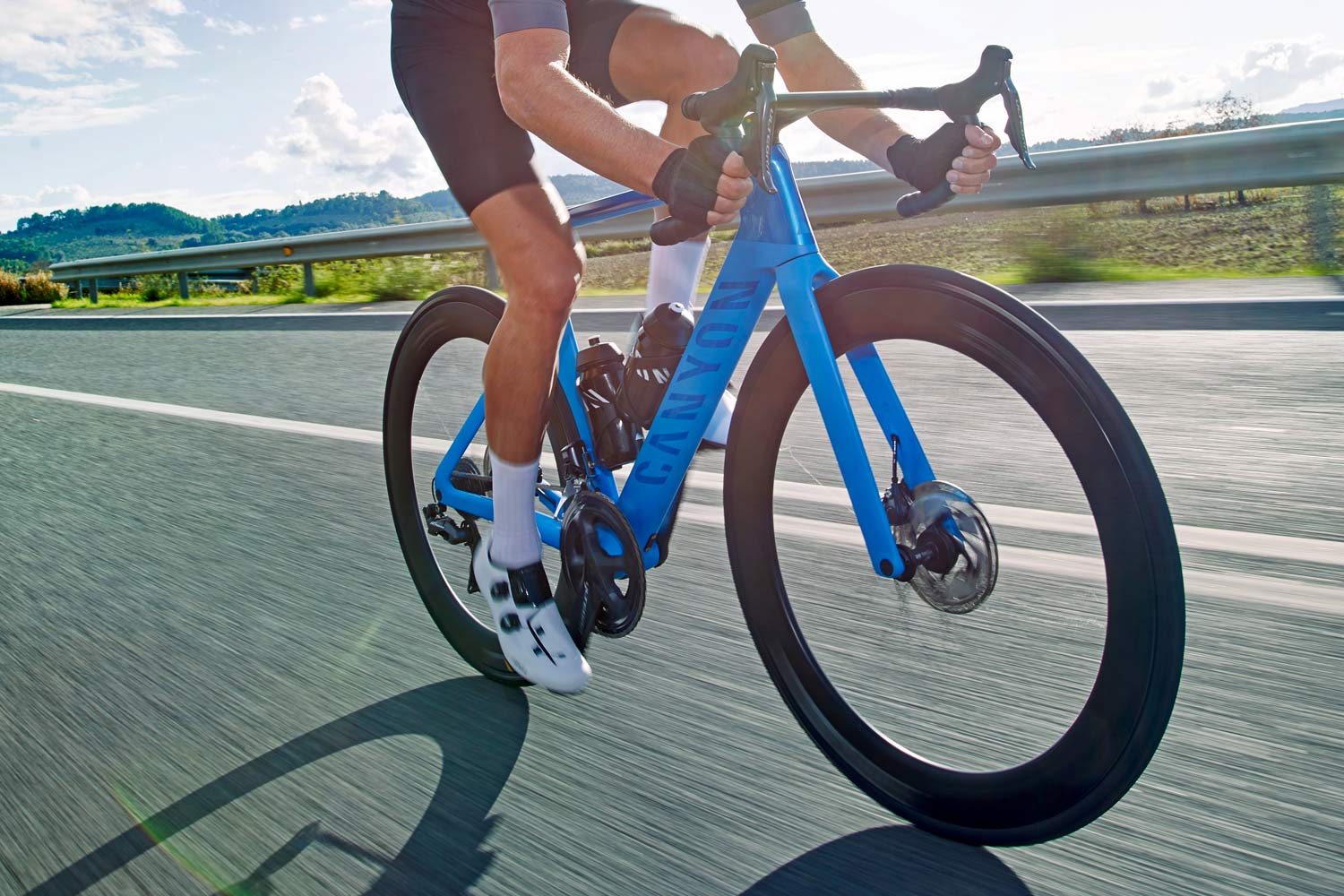
Check out our in-depth look at why the new adjustable Aerocockpit that comes on many of the new Aeroads is so unique, here. And for the full spec & pricing breakdown of all eight models of the new Aeroad CF SL, CF SLX & CFR, read on here.
